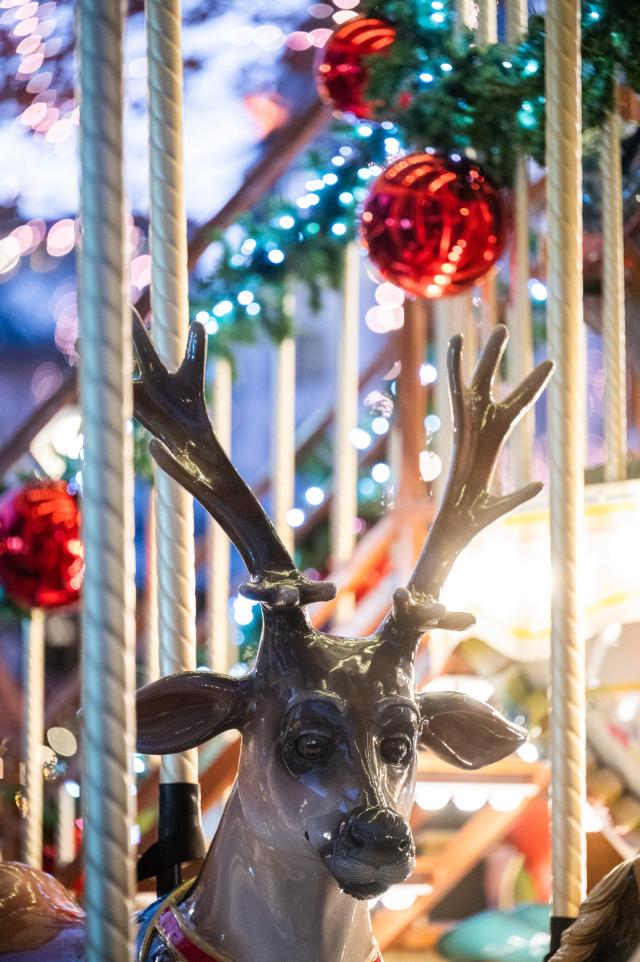
According to TNS Ilres, a quarter of Luxembourg's population was tattooed in 2016. Today, seven years later, it is probably even more. Tattoos were already popular in the Grand Duchy in the 80s ‒ but at that time they were still more of a marginal phenomenon and among those who called themselves rebels.
"Today everyone has tattoos, but back then, when I got my first ones, they were still associated with prisoners or sailors." It was 36 years ago that Fabrizio Coccia went to the tattoo studio for the first time to have an image immortalised on his skin. The then 17-year-old chose a lioness ‒ his star sign, but in a female form, as it looked more "discreet" on his shoulder that way. The body decoration was a big investment for the apprentice, because as a minor he did not earn much and he could not hope for any financial support from his parents for the frowned-upon art form. "I saved up until I had the 3,000 Luxembourg francs I needed, and that's how it all started", the community worker recalls.
The horoscope symbol was followed by a unicorn on his left shoulder, another tattoo as a reminder of his time in the Foreign Legion, a panther, a second lion ‒ this time protecting a female figure. At 50, Fabrizio put an end to the individual motifs: he decided to cover up all the images with new tattoos and go in a different direction. "I thought it was time to change something", says the now 53-year-old. Within two years, he had virtually all his old tattoos covered up and his skin resplendent in fresh ink. "Initially, I wanted to have Falkor, the lucky dragon from the film The Never-ending Story, inked over it because I'm a big fan of his. However, my tattoo artist told me he would need too much white for that, which wouldn't cover the old motifs properly, so I decided to go for a different style."
A whole new style
After intensive research, Fabrizio decided on the symbols of the Maori, the indigenous people of New Zealand who have been decorating their faces and bodies with meaningful motifs for centuries. "My dream has always been to travel to New Zealand or Australia one day to get to know the cultures there. The Maori tattoos tell the story of the lives of their people and that simply fascinated me", Fabrizio explains his inspiration. So, little by little, he got rid of the faded and sometimes no longer clearly recognisable tattoos of his youth, much to the chagrin of his tattoo artist. "I had everything done by a guest artist from Brazil. For him, my tattoos were really oldschool, so he covered them with a heavy heart."
In the end, however, Fabrizio was the only one to actually shed tears ‒ from pain, because sometimes his back had to be redesigned in sessions of twelve and 14 hours each. "I really had to grit my teeth for that, but the result is something to be proud of", says the tattooed man. Unlike 30 years ago, today's tattooists no longer use a single needle, but several dozen needles for shading, so not only the quality of the images is different, but also the experience of getting the tattoo. Sonja Schneider, too, can still remember what it was like in the past. She got her very first tattoo only two or three days after her 18th birthday ‒ the exact date escapes the 57-year-old, after all, it was almost 40 years ago.
You want more? Get access now.
-
One-year subscription€185.00/year
-
Monthly subscription€18.50/month
-
Zukunftsabo for subscribers under the age of 26€120.00/year
Already have an account?
Log in


